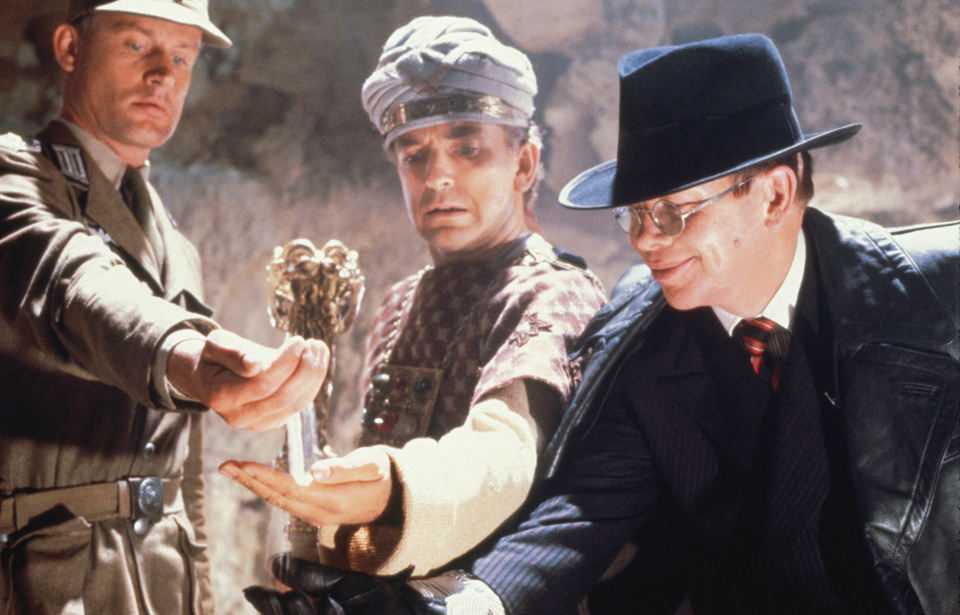Germany thought up several strategies to increase its chances of winning World War II, including the breeding of potato bugs to decimate enemy crops and agricultural resources. Arguably the most bizarre tactic entertained during the conflict was the occult. Astonishingly – or, perhaps, predictably, given the prevalent misconceptions held by high-ranking officials – several officers were stark believers in this unconventional approach.
Werewolves and vampires
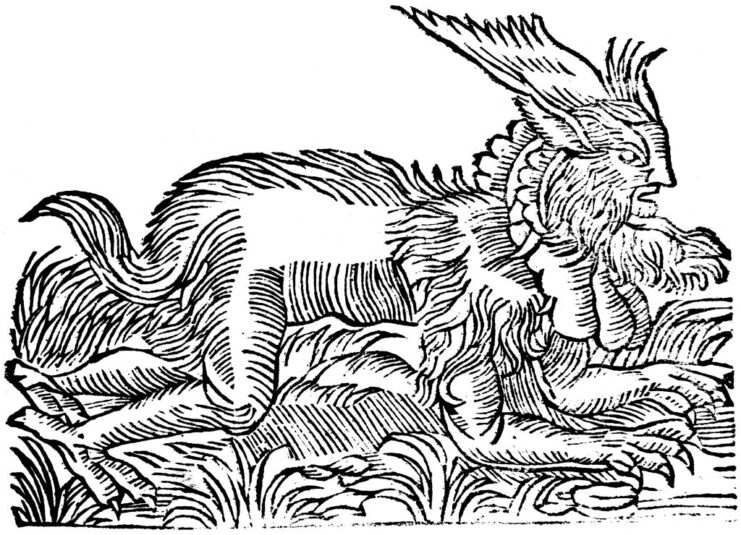
Certain legends and myths have persisted through the ages, particularly those surrounding creatures like werewolves and vampires. An example lies in Mein Kampf, in which the Führer likened Jewish people to “vam-pires,” “bloodsuckers” and “demons.”
This rhetoric remained ingrained, as shown by the publication of a 1943 pamphlet by the National Socialist German Workers’ Party, titled The Jewish Vampire Brings Chaos to the World.
During the Second World War, another mythical narrative that gained traction was that of the werewolf. Historian Robert Eisler noted it was during this time that the notion of Germans transforming into these creatures resurfaced. Beyond just adopting the name, the regime spread the belief that people could turn into these lupine beings. They subscribed to the idea that, by taking on this guise, they were championing the cause of good and combating the perceived malevolence pervading the world.
‘Witch Division’

While werewolves and vampires were predominantly regarded as folklore, witches were perceived with some pragmatic realism. In 1935, an extensive research initiative was launched to investigate the medieval witch trials in Germany. Spearheaded by SS researchers, the Hexenkartothek sought to demonstrate that these were orchestrated by the Catholic Church, with the intent of eradicating German cultural heritage.
This scenario might seem metaphorical if it weren’t for the extent to which they embraced it. Guided by the Führer‘s fervent belief in witchcraft, the Hexenkartothek went beyond mere investigation; it became a repository for gathering insights into harnessing ancient magic.
The notion that these women possessed genuine supernatural abilities, which they purportedly transmitted to their descendants, was embraced. In a bid to appropriate these powers for their own purposes, “witch dances” were incorporated into SS ceremonies.
The leader of the SS was an occultist

Among high-ranking German officials, one individual stood out for his unwavering dedication to the occult. The Reichsführer-SS maintained an interest in these matters, even hiring a personal occultist, Karl Maria Wiligut, whom he regularly consulted. Wiligut advised the Reichsführer on strategic decisions and contributed to the creation of the ominous death’s head rings adorned with runic symbols, which became emblematic attire for SS troops.
His name frequently surfaced in connection with numerous peculiar occult endeavors pursued in wartime Germany, as well as in earlier times, although he was not the sole proponent. Both he and the Führer adhered to the World Ice Theory, which proposed that celestial beings crafted from ice held sway over worldly events.
Furthermore, they shared a profound belief in astrology, a conviction they held with utmost seriousness.
Houska Castle
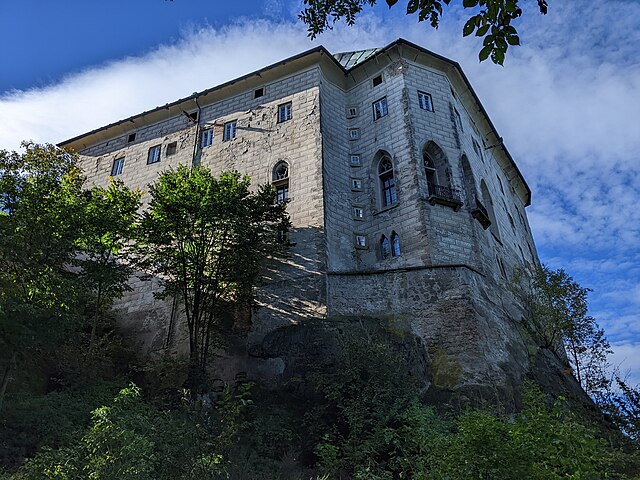
The Reichsführer-SS was determined to delve into the occult, exploring its various facets without hesitation. This included such ventures as the investigation of Houska Castle in the Czech Republic.
Constructed in the late 13th century, legend has it that the chapel concealed a gateway to Hell itself. To substantiate this claim, the structure’s builders resorted to a grim experiment, lowering prisoners into the ominous abyss and hoisting them back up to recount their experiences. One unfortunate individual emerged from the depths shrieking in terror, visibly aged by three decades.
Falling under German control during the Second World War, Houska Castle became a topic of intrigue and speculation. Rumors abound regarding the regime’s motives, with some suggesting their presence was solely to investigate the purported gateway to Hell and others claiming they engaged in occult experiments. Allegedly, clandestine ceremonies attended by high-ranking officers were held within the castle’s walls, reportedly aimed at harnessing the infernal power for their own ends.
While it might appear this pursuit of the occult was spearheaded by a singular individual, it was, in fact, embraced by numerous members within Germany’s leadership.
Thule Society
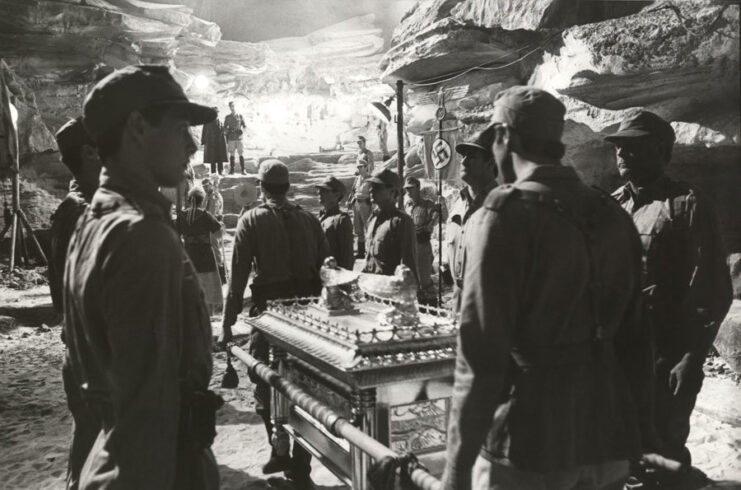
The occult was a foundational aspect of the Führer‘s ideology. Several of the founding figures of the National Socialist German Workers’ Party held membership in the Thule Society, which was dedicated to exploring the mythological origins of the Aryan race.
Embracing the tenets of Ariosophy, they followed the belief that Aryans were intricately linked to extraterrestrial deities known as Theozoa and were allegedly electrically bred by them. According to the Thule Society, these progenies initially possessed mystical abilities, which they relinquished through interbreeding with humans. Along with these notions, the members of the society also subscribed to the belief that their forebears had once inhabited the legendary realm of Atlantis.
Beyond mere philosophical musings, the tenets of Ariosophy permeated various aspects of the German regime, manifesting in symbols, such as the double “sig” rune incorporated into the SS logo.
Some unsubstantiated theories have emerged
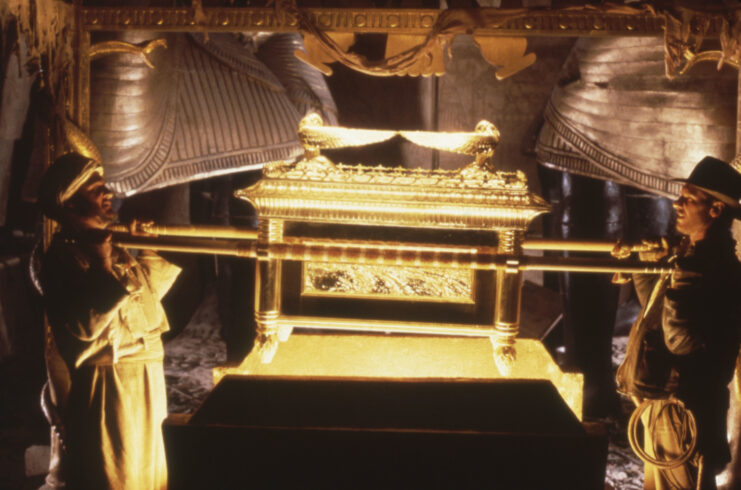
Several theories have emerged, despite there being no evidence to support they were actually followed by the German regime.
Among these were claims suggesting the Führer was possessed by a demonic entity that granted him the ability to manipulate minds during his speeches. Another improbable tale asserted he possessed the spear used in the crucifixion of Christ, imbued with mystical powers to ensure success in all endeavors.
More from us: Lessons Learned From the Battle of Tarawa Led to the Creation of the US Navy SEALs
While these fantastical narratives lack credibility, there exists well-documented evidence showing Germany’s utilization of occult practices in the country’s wartime strategies.
